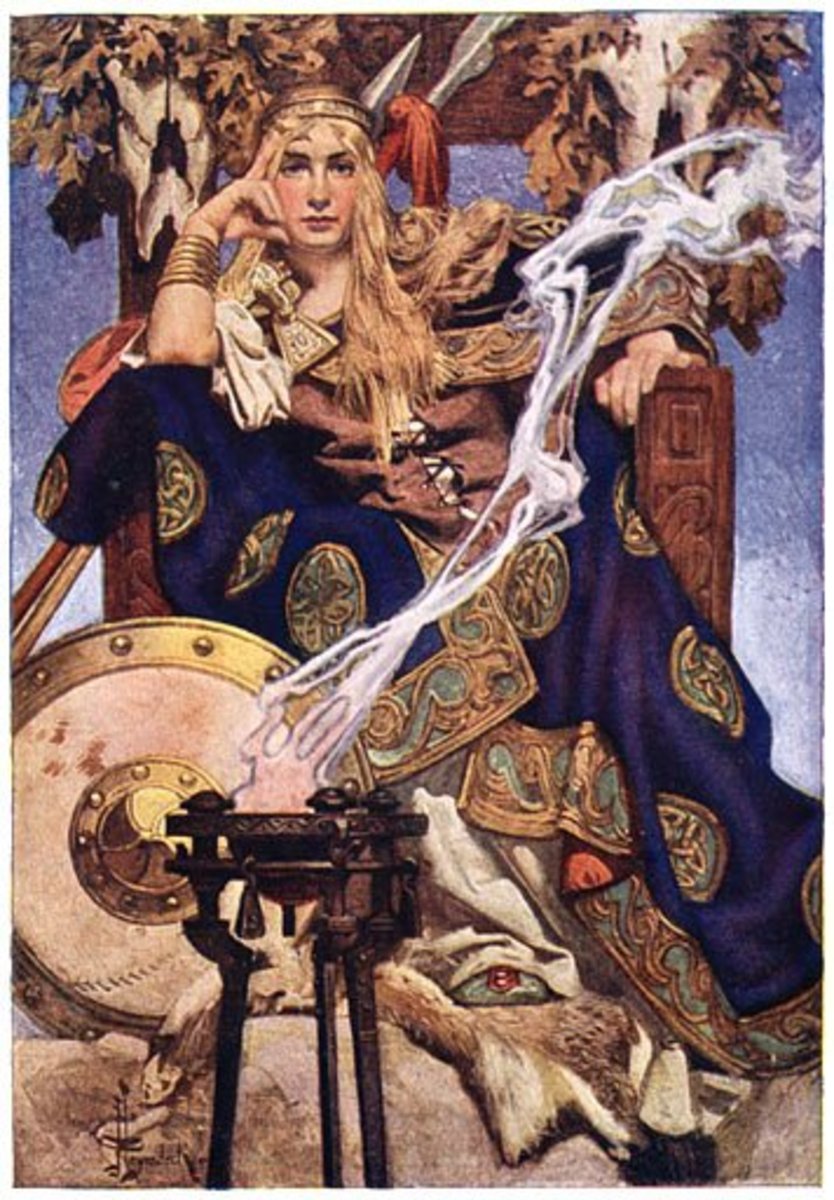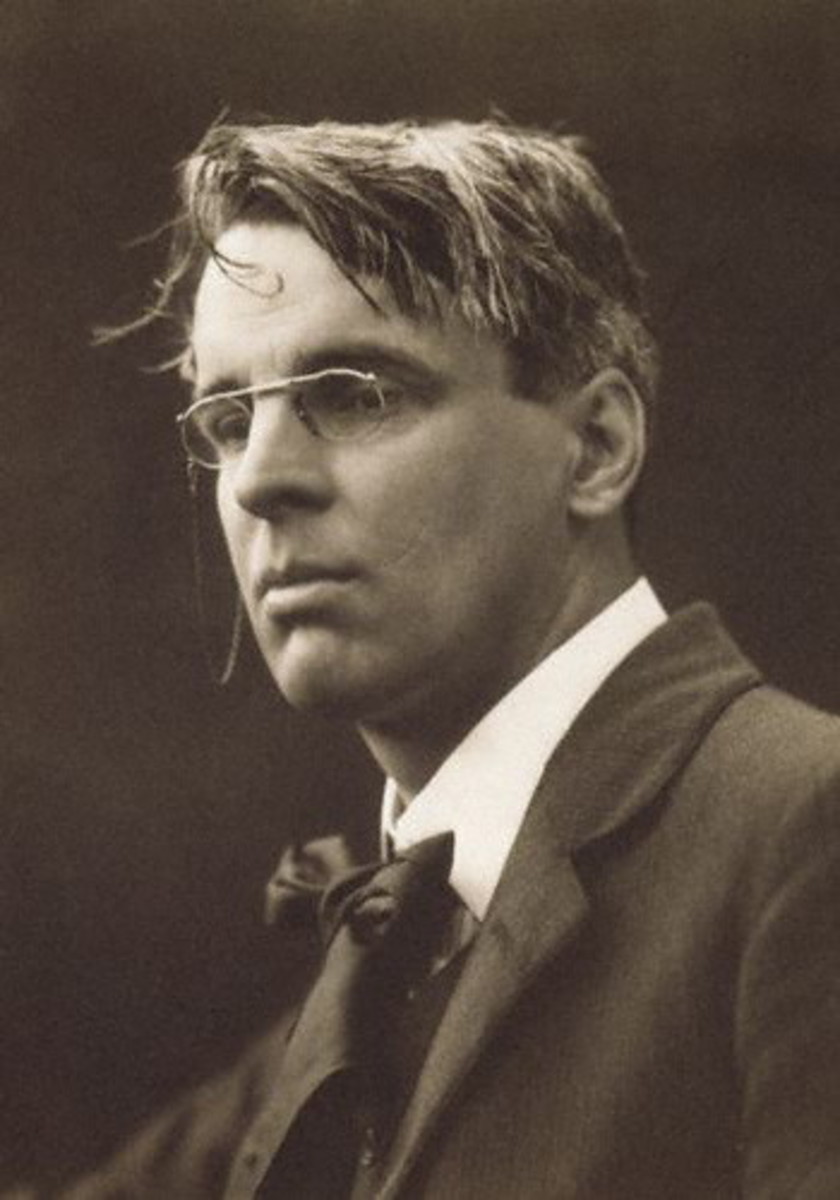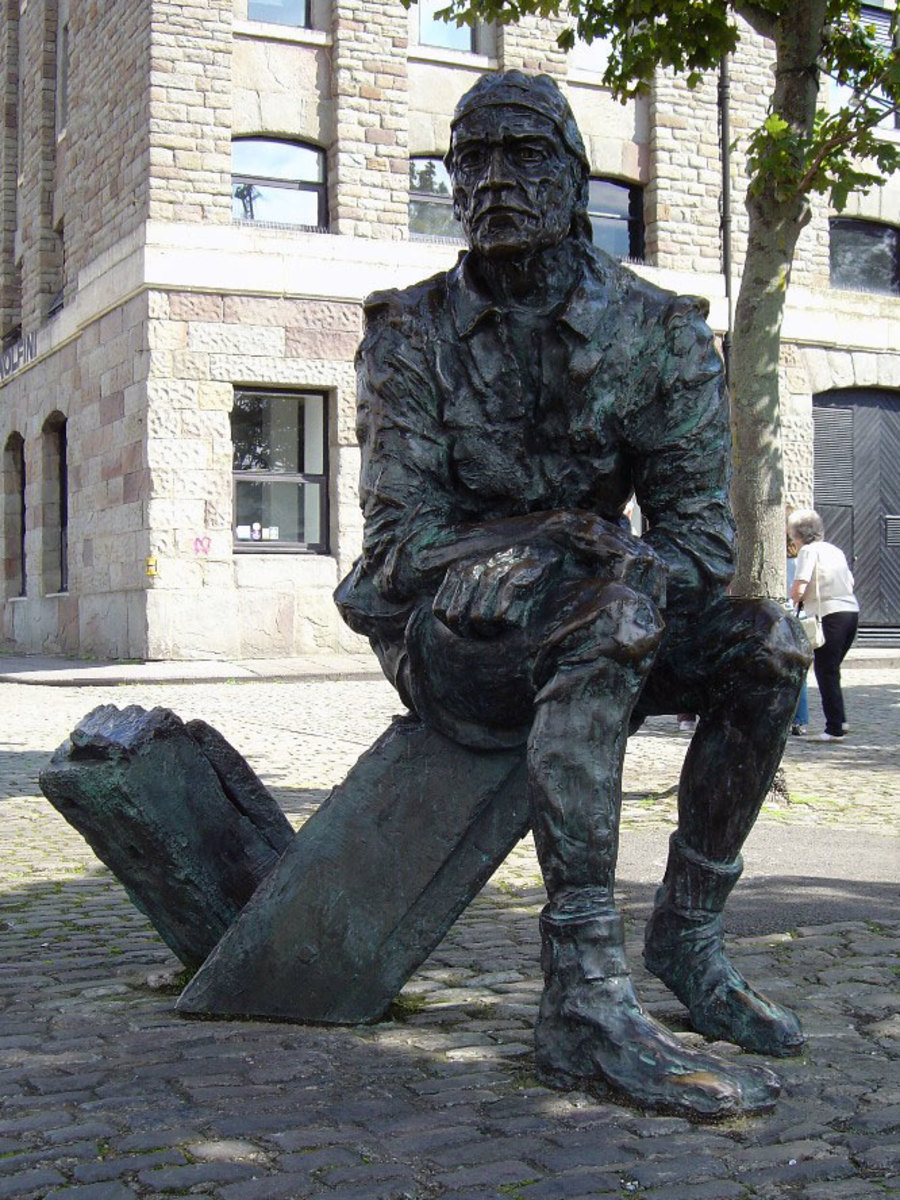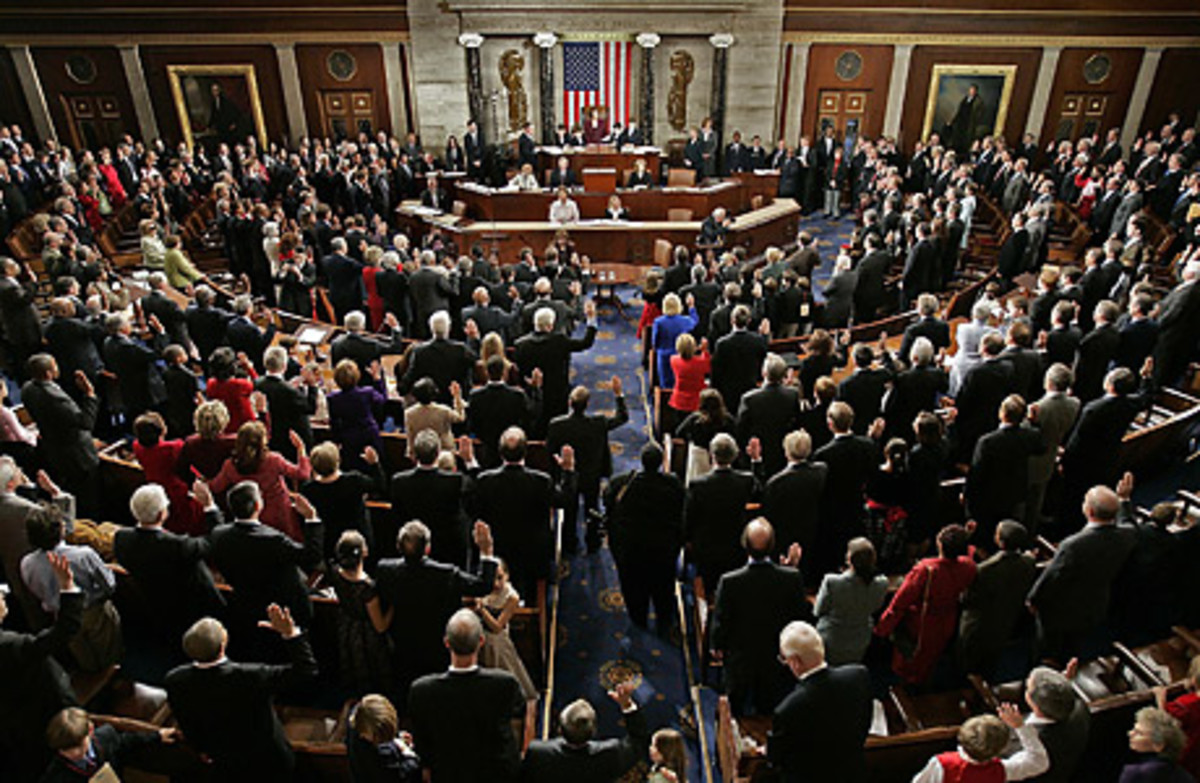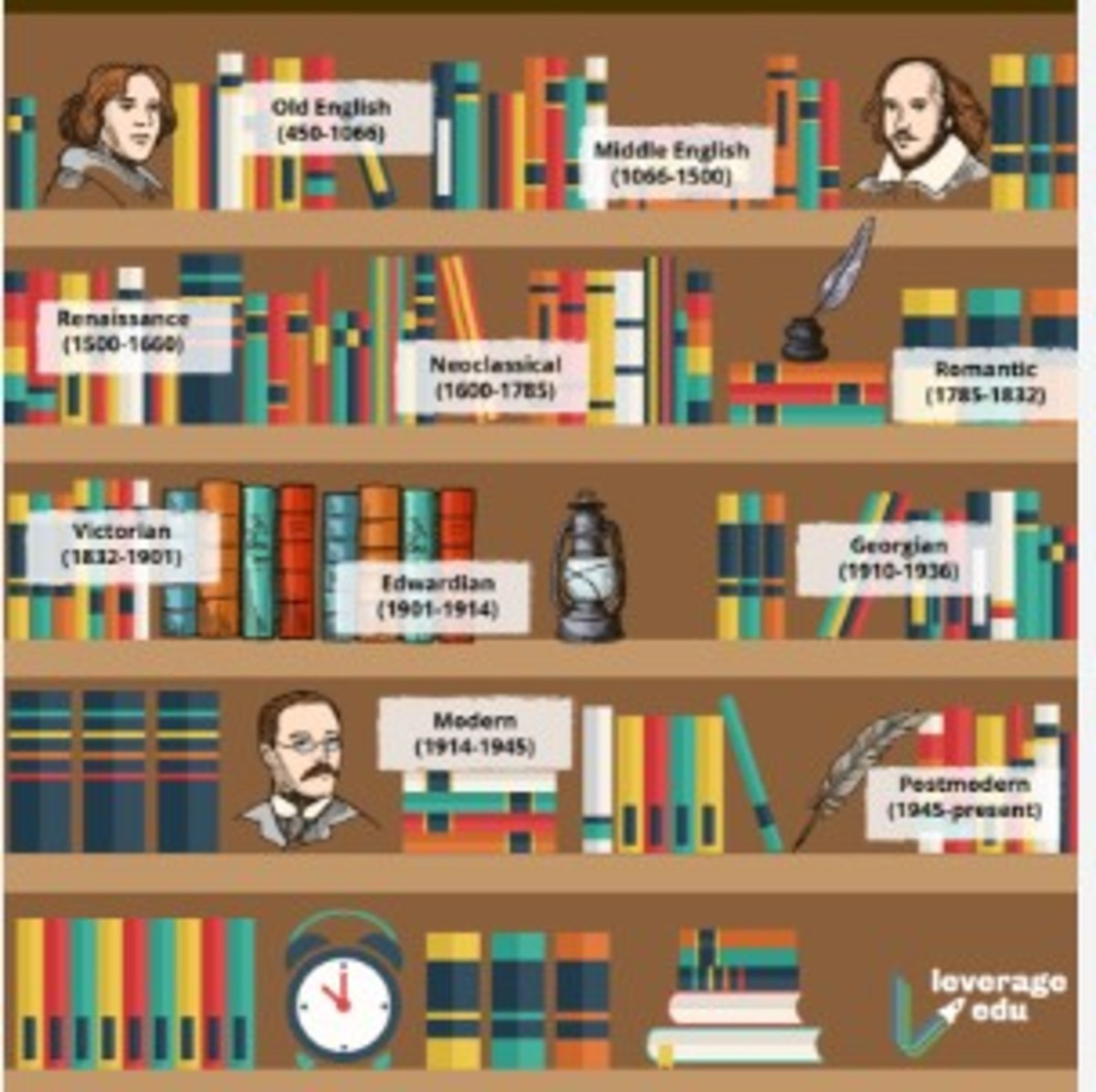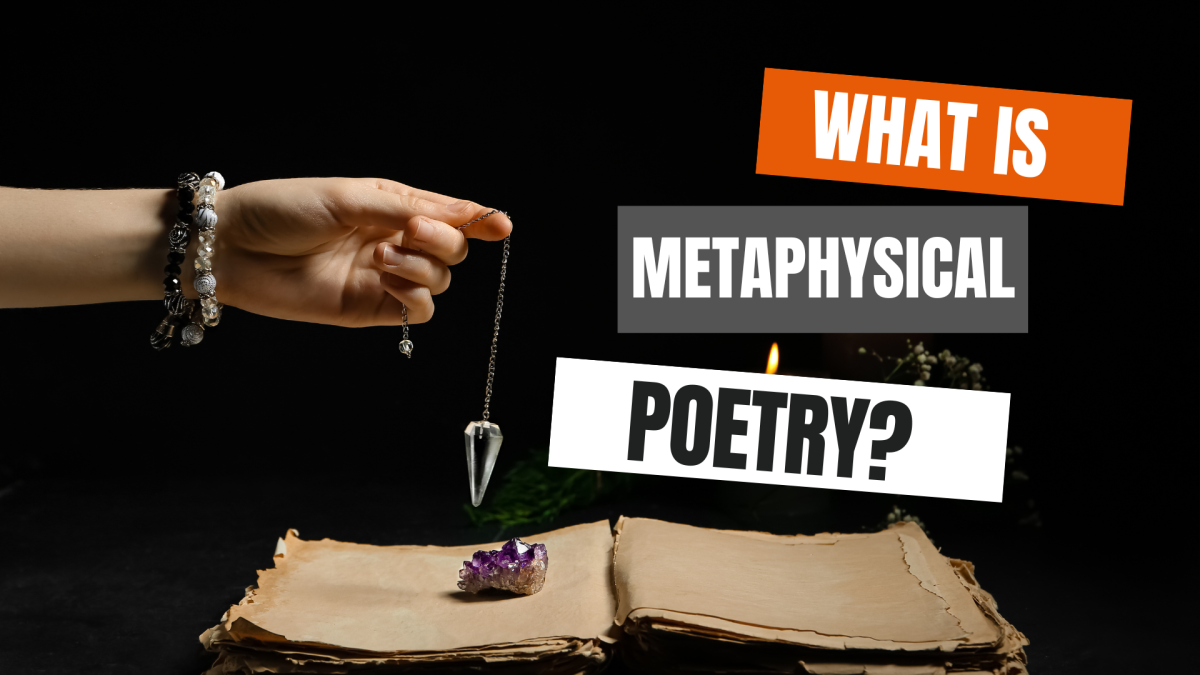UP THE IRISH!-VIII- PARNELL AND HOME RULE
UP THE IRISH!-VIII- PARNELL AND HOME RULE
The great upheaval of the Famine did not solve the problem that was its greatest cause: the landlord system. James Fintan Lalor had pinpointed the solution in 1848, “A secure and independent agricultural peasantry is the only base on which a people rises.” Irish politicians, such as Isaac Butt, fought for reform in the second half of the 19th century, but the people also took matters into their own hands. Tenant farmers joined together in peaceful protest, such as the one against a certain Captain Boycott in CountyMayo, which introduced a new word into the English language. Tenants boycotted landlords by refusing to pay rents, unless their grievances were addressed.
Secret societies, like the Molly Maguires, believed violence and intimidation were the only things the landlords would listen to. Barn-burnings, midnight visits by masked men, and even assassination were employed against the rich, land-holding class. The English Parliament eventually got the message. Reforms were instituted in the late 1800’s that curbed the worst abuses of the landlord system. The barter economy (labor for potatoes) of the landless laborer was done away with, replaced by working wages. Tenant farmers were granted more security- protection from landlords hiking rent unfairly, compensation for improvements made to the land. The grip of the Protestant Ascendancy was loosened, but not yet broken. Greater political freedom from Britain might do the trick.
The watch word on the political front became Home Rule. A Parliament in Dublin would control domestic affairs, while the country remained within the larger British Empire. Leading the charge was Charles Stuart Parnell, Ireland’s greatest politician since the Liberator, Daniel O’Connell. Parnell thought the Emerald Isle could not reach her potential as long as the British yoke remained, “No man has a right to fix a boundary to the march of a nation. No man has a right to say, ‘This far shalt thou go, and no further.’” Charles Stuart’s strategy in the House of Commons was based on obstruction: block and delay measures, make a general nuisance of yourself, until the members agreed to consider Home Rule and other Irish concerns. As Parnell himself commented, “We shall never gain anything from England unless we tread on her toes.”
Charles Stuart was a master at his trade, but endured a terrific beating from British and Irish critics looking for any excuse to bring him down. They found it in a private life “scandal”- Parnell had taken up with a woman, Kitty O’Shea, before her divorce became finalized, a shocking occurrence in Victorian society. His health shattered, Charles Stuart died prematurely in 1891 at the age of 45. His dream of Home Rule for Ireland had not been realized. James Redmond, his protégé, took over leadership of the Irish Party in Parliament, and continued to strive for self-government. By the early 1900’s, success appeared within reach…
The armed force movement had been fairly dormant for much of this time period, but not completely. Assassination of political figures took place, such as the British vice-roy and his assistant being stabbed to death at Dublin’s PhoenixPark in 1882. A dynamiting campaign against targets on the British mainland was also undertaken in the 1880’s. The group behind that endeavor was a shadowy secret society called the Irish Republican Brotherhood- IRB. The aim of the IRB was complete independence achieved through armed revolt. It received funding and support from a sister cell in the United States named the Clan Na Gael. Parnell himself thought physical force should not be abandoned totally, but held in reserve if parliamentary methods failed, “The Irishman who thinks he can now throw away his arms…will find to his sorrow and destruction when too late that he has placed himself in the power of the cruel and perfidious English enemy.” In plainer terms, hold on to your guns, boys, the British cannot be trusted. The IRB did not see peaceful means bearing fruit; rebellion was the only way to get the English out of Ireland.
By bitter irony, the threat of violence which finally moved the British government came not from the Catholic majority, but the Protestant minority of Ulster. By 1912, three Home Rule bills had been passed by the House of Commons, only to be vetoed by the House of Lords. A change in parliamentary procedure dictated that 2 years after a third veto by the Lords, an act passed by the Commons went into effect. That meant Home Rule would be implemented in 1914. Ulster Protestants or Unionists became exceedingly alarmed, afraid a Catholic-dominated Dublin Parliament would signal the end of their privileged position. They began stock-piling weapons openly, and let it be known they would fight to prevent Home Rule. As their leader, James Craig, remarked in 1913, “There can be no such thing as equality, for if you are not top dog, she (Catholic Ireland) will be.”
Catholic nationalists responded by forming their own force, the Irish Volunteers, but found it difficult to acquire arms as the British thwarted their efforts, while not hindering the Unionists at all. “The bottom line was that Irish nationalism, of all varieties, had only words to wave in the face of British and Unionist guns.”- Joe Lee. London tried to head-off confrontation between Nationalists and Unionists by announcing in 1914 that Home Rule would be temporarily placed on the back-burner. The outbreak of World War I was used as the pretext. The revolutionary spirit that the IRB had carefully cultivated during the previous 40 years had flickered slightly, for those who might have noticed. One of the men holding the matches was a school master and IRB executive council member who sounded the trumpet at the funeral of old Fenian, O’Donovan Rossa, in 1915: “The defenders of this realm think they have pacified Ireland, but the fools, the fools, the fools! They have left us our Fenian dead, and while Ireland holds these graves, Ireland unfree shall never be at peace.”- Padraic Pearse


